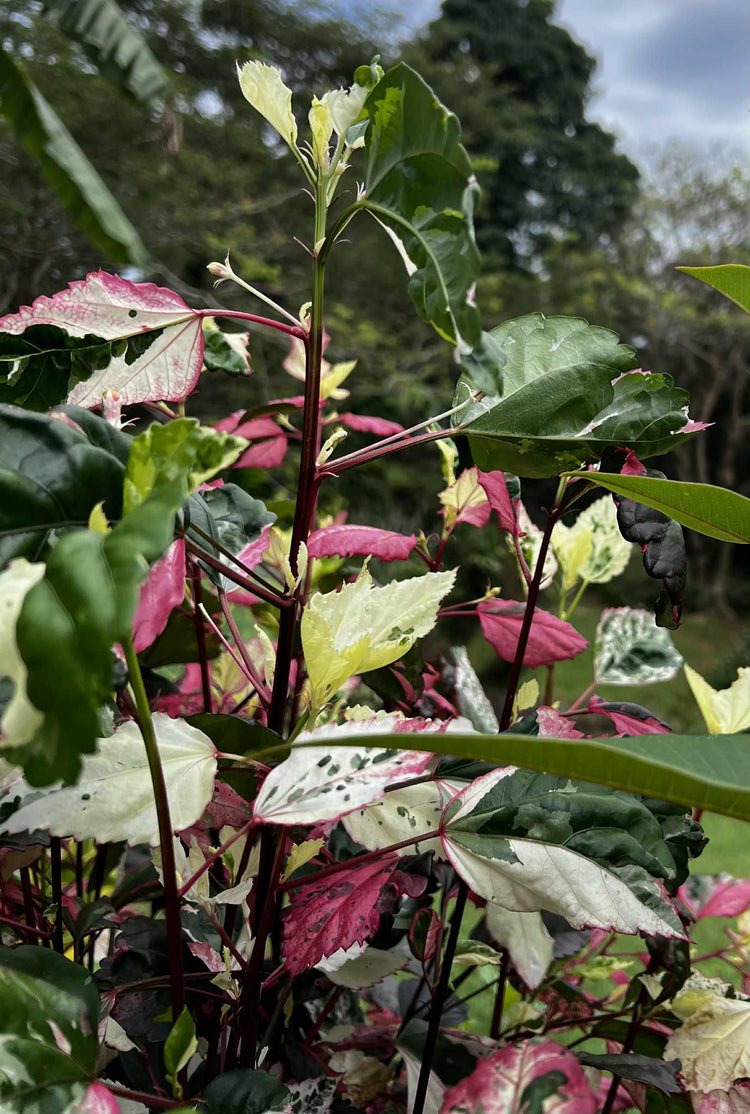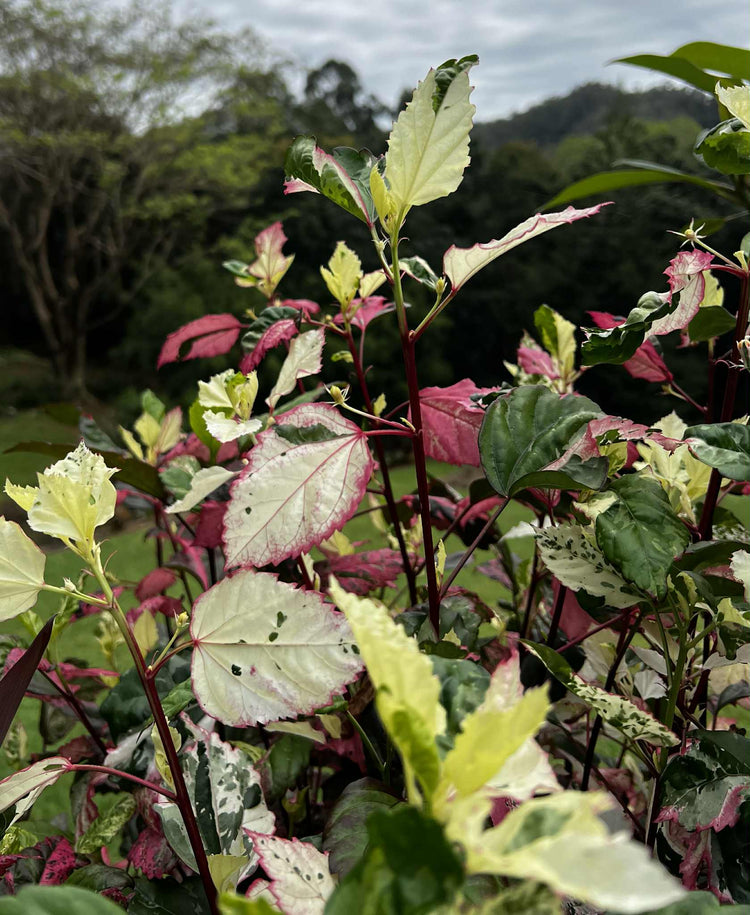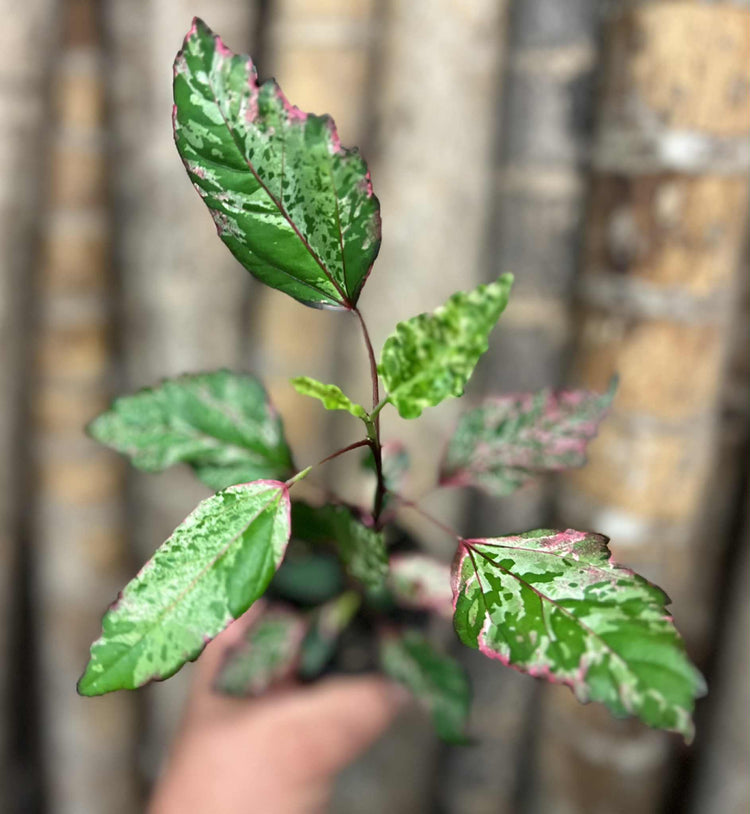Hibiscus 'Roseflake' 60mm Pot
- Regular price
-
$19.95 - Regular price
-
- Sale price
-
$19.95
-
Hurry, only 2 items left in stock!
Couldn't load pickup availability
Shipping information



Product Details
Welcome to Plant&Leaf and our range of family grown plants. The first and second photos serve as a representative display, showcasing the beauty of a mature plant. The third photo provides a sample of a single plant from the current batch available (these plants were propagated from the mother plant in the first photos. Please note the Pot size displayed on the heading of each product.
All of our plants are grown outdoors in nature and are exposed to the natural elements. Sometimes this means a leaf could have been chewed here and there or have a blemish or two – but we do our best to send the best plants we can on every order.
Keeping hibiscus plants healthy involves several key steps:
-
Light: Hibiscus plants thrive in full sun. They need at least 6 hours of direct sunlight daily. Indoors, place them near a south-facing window.
-
Watering: Hibiscus plants prefer consistently moist soil. Water them deeply when the top inch of soil feels dry, especially during hot weather. Avoid waterlogging or letting the soil dry out completely.
-
Humidity and Temperature: Hibiscus plants prefer moderate to high humidity. If the air is dry, mist the leaves occasionally. They thrive in temperatures between 15-32°C, so protect them from cold drafts.
-
Soil: Use well-draining soil that is slightly acidic (pH around 6.0-6.5). A mix of potting soil, perlite, and peat moss works well. Ensure the pot has drainage holes to prevent waterlogging.
-
Fertilising: Feed hibiscus plants regularly during the growing season (spring and summer) with a balanced fertilizer (10-10-10 or 20-20-20). Reduce feeding in Autumn and winter when growth slows down.
-
Pruning: Regularly prune hibiscus to maintain shape and encourage bushiness. Pinch back young plants to promote branching and more flowers. Remove dead or weak branches to improve airflow.
-
Pests and Diseases: Keep an eye out for pests like aphids, spider mites, and scale insects. Treat with insecticidal soap or neem oil if needed. Watch for fungal diseases, especially if the plant is too wet or humidity is high.
-
Repotting: Repot hibiscus plants every 1-2 years or when roots outgrow the container. Choose a pot slightly larger than the current one, and refresh the soil.
-
Winter Care: If you live in a colder climate, bring outdoor hibiscus plants indoors before the first frost. Place them in a sunny spot and reduce watering slightly during winter dormancy.
By following these guidelines, you can keep your hibiscus plants healthy and vibrant, whether they're indoors or outdoors.







